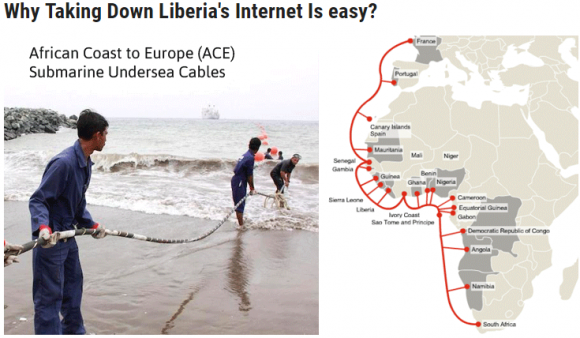A Chinese technology firm has been siphoning text messages and call records from cheap Android-based mobile smart phones and secretly sending the data to servers in China, researchers revealed this week. The revelations came the same day the White House and the U.S. Department of Homeland Security issued sweeping guidelines aimed at building security into Internet-connected devices, and just hours before a key congressional panel sought recommendations from industry in regulating basic security standards for so-called “Internet of Things” (IoT) devices.
At the center of the spyware controversy is software made by Shanghai ADUPS Technology, a Chinese firm whose product touts the ability to wirelessly update software installed on mobile and and IoT devices. The ADUPS technology is typically bundled with smart phones made by dozens of global wireless firms including ZTE, BLU and Huawei, and sold at popular consumer destinations like Amazon and BestBuy. Often retailing for between $50 and $100, the sleek and powerful devices sell so cheaply because they also require the user to accept on-screen advertisements.
According to research released this week, the low up-front cost of these smart phones may be subsidized not just by ads but by also by the theft of private information stolen from users. Researchers at Fairfax, Va.-based security firm Kryptowire say the ADUPS software gives the company near-total control over the devices that it runs on, and that they have proof ADUPS has abused that control to siphon personal data from countless consumers.
Kryptowire researchers say they stumbled upon ADUPS’s spyware capabilities by accident after purchasing a $59 BLU R1 HD smart phone from Amazon.com for use during international travel. Prying apart the phone and the ADUPS software, they discovered that all call records and text messages to and from the device were being digitally copied, encrypted and secretly forwarded to a server in Shanghai, China every 72 hours.
They also learned that ADUPS’s product was able to mine user text messages for specific strings of text, as well as install and remove any software from host devices.
“This behavior cannot be detected by mobile anti-virus tools because they assume that software that ships with the device is not malware and that it is white-listed,” Kryptowire wrote in an advisory published Tuesday. “We were able to capture, decrypt, and trace the data on the network as they were sent to multiple server locations that are located in Shanghai, China.”
In a statement posted to its Web site, ADUPS said it collects “model information, device status, application information, bin/xbin information and summary information from phones and messages,” and that it has done so “in response to user demand to screen out junk texts and calls from advertisers.”
ADUPS further claims that the functionality was added in June 2016 to some Blu Product Inc. devices, and that it has since shipped an update through its firmware updating software to disable the spying functionality on Blu phones.
But Azzedine Benameur, director of research at Kryptowire, said ADUPS’s software — deeply embedded alongside the operating system on these mobile devices — gives it full ability to re-enable the spyware capabilities at any time. He says ADUPS’s public response to their research raises more questions than it answers.
“They do not provide how many devices were affected and how the data were used,” Benameur said. “Also, they don’t mention who had access to that data, including third parties and the Chinese government. Also, there might be other [manufacturers] and device models affected that ADUPS does not mention.”
ADUPS claims on its Web site to have worldwide presence with more than 700 million active users, and that its firmware is integrated into “more than 400 leading mobile operators, semiconductor vendors and device manufacturers spanning from wearable and mobile devices to cars and televisions.”
“This is just one random device of theirs that we looked at,” Benameur said. “For a company that claims to provide over-the-air updates for 700 million devices, including cars and millions of IoT devices…this is really scary and unacceptable behavior.”
ADUPS’s current site promises the company’s partners “big data analytics” and higher profit for partners. Earlier versions of the same page from 2015 and cached at the Internet Archive promise partners a slightly less euphemistic menu of services, from an “app push service,” and “device data mining” to “unique package checking” and “mobile advertising.” Interestingly, this story from January 2015 documents how ADUPS’s software has been used to install unwanted apps on customer mobile devices.
As for the Blu R1 HD phone? Benameur said it would be nice if it came with a disclosure that owners can expect zero privacy or control while using it. Aside from that? “At $59, it’s a steal,” Benameur said. “Minus the spyware, it’s a great phone.” Continue reading










![TitaniumStresser[dot]net, as it appeared in 2014.](https://krebsonsecurity.com/wp-content/uploads/2016/11/titaniumstresser-580x689.png)







